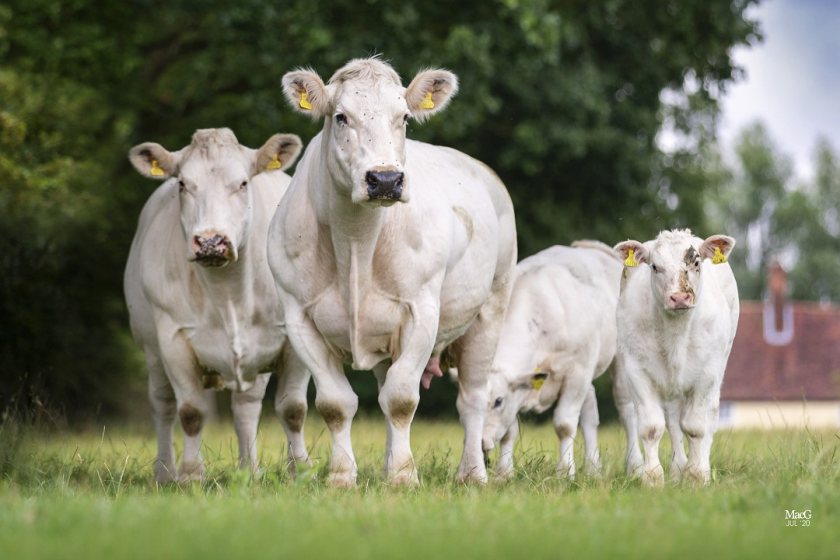
Cogent has announced that it has strengthened its Beef Breeding Programme to add more value to the dairy-cross-beef market.
With an increasing amount of beef coming from the dairy herd, the programme aims to help improve efficiency in the dairy-cross-beef sector.
It is estimated that around 50% of all beef in the UK is a product of the dairy herd, with this figure predicted to continue in an upward trend over the next five years.
Therefore, improving the quality of these cattle can bring benefits to both dairy farmers and the wider beef supply chain.
Cogent has been working to strengthen its programme over the past three years to help guide producers on breeding decisions which are likely to be more beneficial for the dairy-cross-beef market.
The programme partners with nucleus herds to develop reputable and bespoke genetics for each sire breed.
By working with these herds, Cogent aims to ensure consistent and desired sire lines whose marketable traits flow through to the cross bred calf.
Boomer Birch, Cogent’s beef programme manager, said: “The Cogent Beef programme is designed to address the ever-increasing demand of using beef semen in the dairy herd, highlighting the importance of providing consistent genetics that are repeatable."
Within the breeding programme, bulls are bred for dairy industry-desired traits such as conception rate, calving ease and gestation length.
Long standing data collection with over 318,000 data points, increasing on a bi-weekly basis, has enabled Cogent to monitor both the bull and its progeny’s performance before making the semen commercially available.
Bulls from the programme boast an average gestation length of 280 days and a calving ease of 97.9%, indicating that, on average, less than 3% of calvings will be difficult, or will require moderate assistance.
Calf quality varies with sire breed; the British Blue takes the highest quality at 91%, closely followed by the Aberdeen Angus at 88%.
Quality is determined by Cogent’s scoring system based on conformation and fleshing ability of the calf, defining the differences between continental and native cross-bred progeny.
“The figures are calculated on each individual beef sire and are indicative of the benefits that the sire can contribute to the next generation when used in a dairy herd,” added Mr Birch.
“By publishing these figures, we provide the farmer with a monetary value that can be used to foresee the benefits of using such genetics within their enterprise."
He explained that the main goal of the programme was to ensure selection of bulls that could perform in any system.
"To ensure this, we have partnered with some of the most forward-thinking, progressive beef herds to develop bloodlines which produce repeatable genetics, from calving ease right through to carcase quality.
“Having this relationship with our breeders is allowing us to fulfil the requirements of the whole supply chain."
